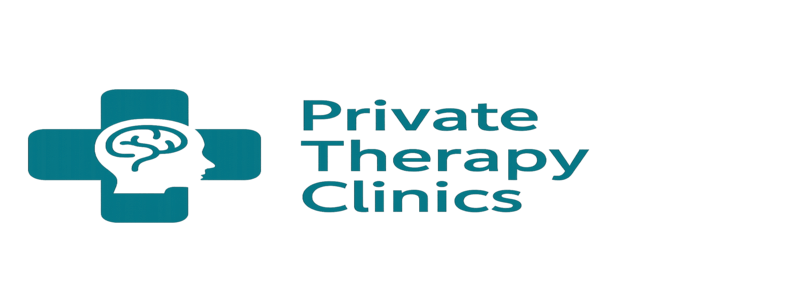
Therapy is frequently portrayed in multicultural families as a last resort rather than as a proactive step toward better health. Stigmas are held together by silence, which is remarkably similar in many cultures where endurance, not openness, is equated with strength. Families unwittingly foster environments where conditions subtly worsen until they reach a crisis point by discouraging communication.
A stark reminder that stigma is a barrier just as strong as cost or accessibility is provided by studies showing that 60% of adults with mental health issues avoid care out of fear of being judged. In addition to structural obstacles like lack of insurance, financial strain, and language barriers, stigma exacerbates for immigrant families. Even when therapy is desperately needed, this combination frequently makes it seem unaffordable.
| Category | Details |
|---|---|
| Stigma Root | Silence within families reinforces negative views on therapy |
| Cultural Beliefs | Therapy seen as weakness in many communities |
| Self-Stigma | Internalized shame creates cycles of isolation and hopelessness |
| Structural Barriers | Lack of insurance, economic struggles, and language gaps limit access |
| Public Stigma | Stereotypes and media portrayals label therapy as unnecessary or weak |
| Family Impact | Fear of judgment and social rejection stops open dialogue |
| Role Models | Celebrities like Taraji P. Henson, Selena Gomez, and Simone Biles normalize therapy |
| Advocacy | Pushes for culturally competent mental health care policies |
| Community Support | Peer-led groups, local centers, and online forums provide safe dialogue |
| Reference | NIH – Understanding and Addressing Mental Health Stigma |
Openness is greatly diminished in Asian American families by cultural values associated with emotional control and family honor. Language barriers and anxieties about immigration or insurance coverage contribute to the silence of Hispanic families. Generations of injustices have left African American families with a systemic mistrust of medical systems. All of the examples highlight the ways that history, culture, and personal experience shape stigma, but they all have one thing in common: silence.
The breakthroughs made by public figures have been surprisingly effective. The Taraji P. Henson Foundation draws attention to the disparities in mental health that exist among African American communities. For Hispanic families facing silence, Selena Gomez’s openness about anxiety and depression has been especially helpful. Simone Biles’ decision to take a backseat during the Olympics to focus on mental health was a culturally impactful moment that showed that even the best can set an example. These tales are crucial to reshaping narratives; they are not merely symbolic.
The stigma types are particularly obvious. Negative stereotypes propagated by rumors or whispers within the community give rise to public stigma. Internalized shame is a manifestation of self-stigma that makes people believe they are not deserving of care. Systems that underfund mental health programs or refuse insurance coverage are intertwined with structural stigma. These layers work together to create a very effective cycle of discouragement.
It has a profoundly personal yet widely societal effect. According to a 2023 NIH study, stigma results in worsening symptoms, postponed treatment, and a lower quality of life. The stakes are higher for young people from diverse backgrounds. Due to cultural silence and academic pressure, Asian American students report an increase in suicidal thoughts, with girls being especially at risk. Adolescent Hispanics are at comparable risk, particularly when language barriers impede access to quality care. Nearly 40% of LGBTQ+ youth of color, according to research, thought about taking their own lives in the previous year. This is a terrible statistic that is made worse by social and cultural stigma.
It will take several strategies to break this silence. Education, whether in the form of community campaigns, workplace training, or school workshops, has proven remarkably effective in dispelling myths. Families that have open discussions are especially creative because they reframe therapy as strength rather than failure. Community centers, online forums, and peer-led support groups all significantly increase access to safe discourse. When advocacy is used to promote equitable funding and culturally competent care, it is also very effective.
The role of role models in normalizing therapy is still very flexible. Prince Harry’s candid remarks about therapy served as a global spark for discussions among various families. His openness was an act of strength, as evidenced by the striking similarity between his vulnerability and what communities needed. Compared to statistics alone, these examples are more effective at breaking the silence.
Unquestionably, the media has an impact. Negative representations, like movies that associate violence and mental illness, feed fear. However, positive initiatives like “Bell Let’s Talk” demonstrate how dialogue can become ingrained in society. Since they are relatable and reach a large number of people, accurate and sympathetic representations of therapy dismantle stigma much more quickly than changes to policy.
The most profound embedding of silence occurs in family structures. Unaware that this silencing leads to emotional isolation, parents may discourage therapy in an effort to “protect” their kids from criticism. Children who grow up in such silence frequently become adults who are reluctant to seek medical attention. Unless purposefully broken through transparent communication, prominent role models, and inclusive policies, the cycle is remarkably resilient.

